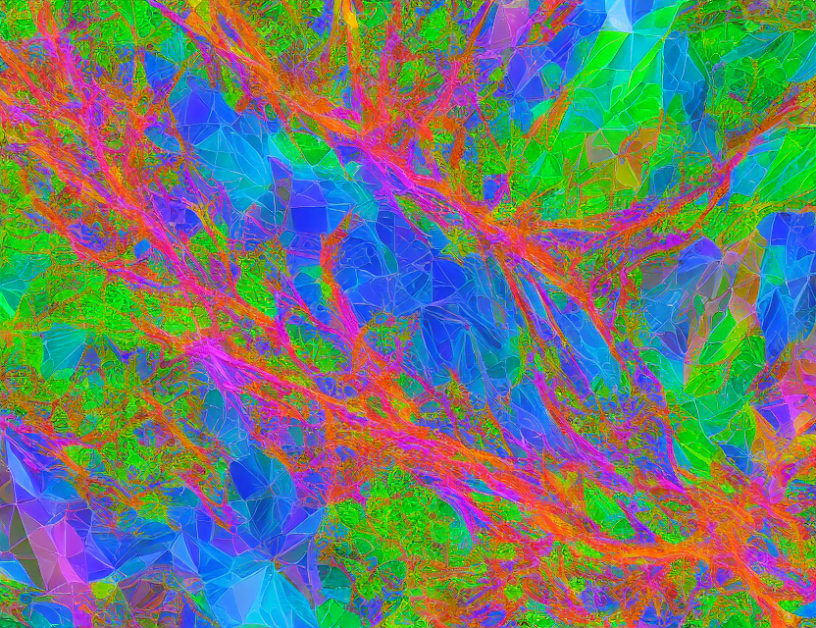In this article, we delve into the realm of image processing and explore a groundbreaking technique called denoising diffusion probabilistic models. These models are designed to remove noise from images without compromising their quality or details. The key lies in utilizing a novel approach called diffusion probabilistic modeling, which enables the creation of an accurate image representation by iteratively refining the noisy input.
Analogies for Better Comprehension
Imagine you have a picture with a bunch of unwanted specks on it, like a photograph taken in a sandstorm. The noise can make it challenging to identify objects or details within the image. Denoising diffusion probabilistic models are like a magic eraser that gradually removes these distractions without affecting the essential elements of the picture.
Diffusion Probabilistic Modeling: The Heart of Denoising
At its core, diffusion probabilistic modeling is an iterative process that uses a probabilistic approach to refine the noisy input image. This technique involves computing the probability distribution over the clean image and then using this distribution to update the noisy input. By repeating this process multiple times, the algorithm can effectively remove noise while preserving the important details of the original image.
Think of diffusion probabilistic modeling as a game of word association. In each iteration, the algorithm thinks about the possible clean images that could have generated the noisy input and then assigns a probability to each one. As more iterations are performed, the algorithm becomes better at guessing the correct clean image, leading to improved denoising performance.
The Power of Perceptual Losses
In addition to diffusion probabilistic modeling, the article also explores the use of perceptual losses for real-time style transfer and super-resolution. These losses are useful for penalizing deformations, textures, and lack of sharpness in the synthetic view as they compare estimated and ground truth views in the deep feature space of a pre-trained image classification network.
Imagine you have a photograph taken with a low-quality camera, resulting in blurry images. By utilizing perceptual losses, the algorithm can "look" at the actual image and identify areas where it needs to improve. This process is similar to how we humans learn from our mistakes and adjust our actions accordingly.
Conclusion: Unlocking the Secrets of Image Denoising
In conclusion, denoising diffusion probabilistic models are a game-changer in the realm of image processing. By utilizing diffusion probabilistic modeling and perceptual losses, these models can effectively remove noise from images without compromising their quality or details. With this breakthrough technique, we can unlock the secrets of clean and clear images, making it easier for us to appreciate and enjoy the beauty of photography.



